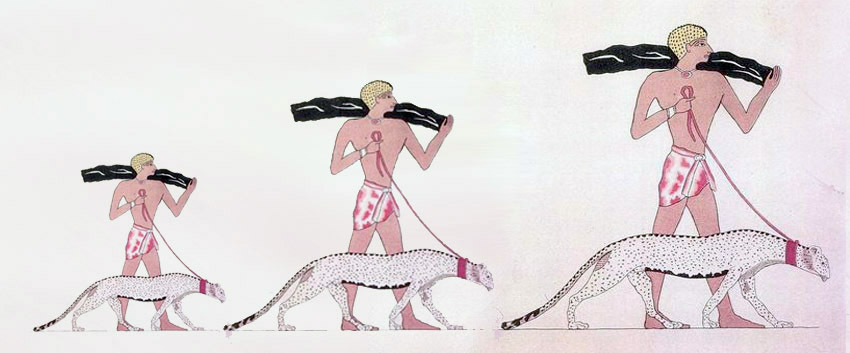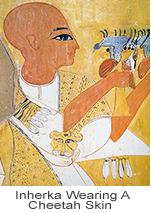

 Extinction
Extinction
Throughout recorded history a cheetah pelt was a badge of wealth for its human owner. The animal was killed for its skin by some and captured for its hunting skills by others. But most recently, human excess is probably the major factor dramatically pushing the cheetah toward extinction. As human populations increase other species are "squeezed out" - their living space becomes more limited as does their food supply. Many animals feel the pinch and are at great risk of disappearing forever. In 1900 there were only about 100,000 cheetah worldwide - present estimates place their number at 10 to 15 thousand with about 1/10 of those living in captivity. Namibia has the largest population of wild cheetah - about 2500. Smaller populations exist in Botswana, Zimbabwe, South Africa, Kenya and Tanzania while 19 other countries have even fewer.
Three international agencies set the standards for an "extinct" or "endangered" rating.They are the World Conservation Union (IUCN), the United States Fish and Wildlife Service (USFWS), and the Convention on International Trade in Endangered Species (CITES).
Several organizations are working to save the cheetah. The DeWildt Cheetah and Wildlife Centre staff, located in South Africa and established in 1971, work tirelessly to rebuild populations of many native species - one of which is the cheetah. The Cheetah Conservation Fund (CCF) and The Africat Foundation, both located in Namibia, do research, educate local farmers in management techniques geared toward cheetah/livestock coexistence, and place rescued and rehabilitated animals in new habitats. Since larger predators have been eliminated from Namibian farmland the remaining cheetah and leopard populations find those areas most hospitable. About 95% of Namibian cheetah live on commercial farmland.
Extinction | Asiatic | Menu